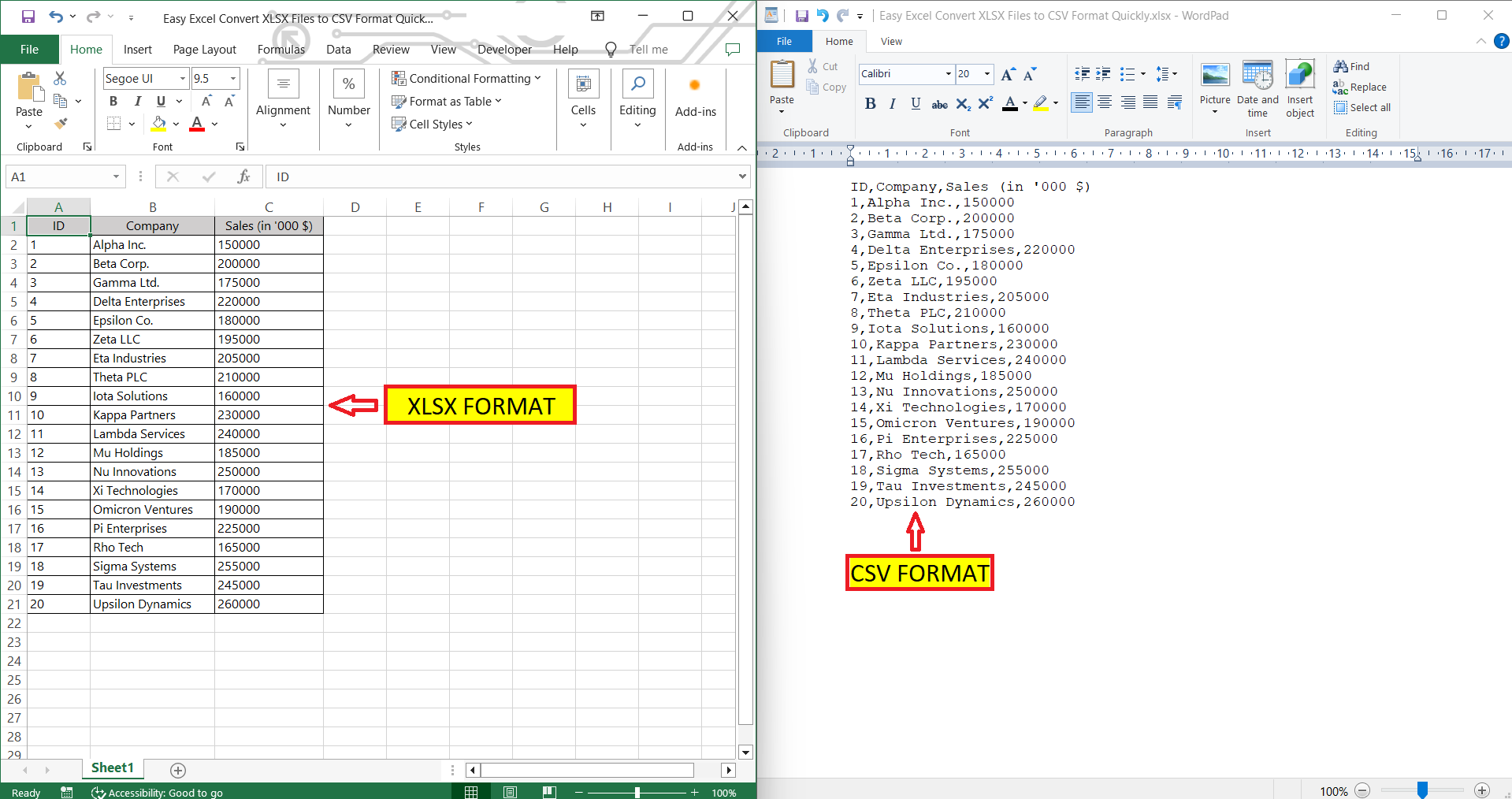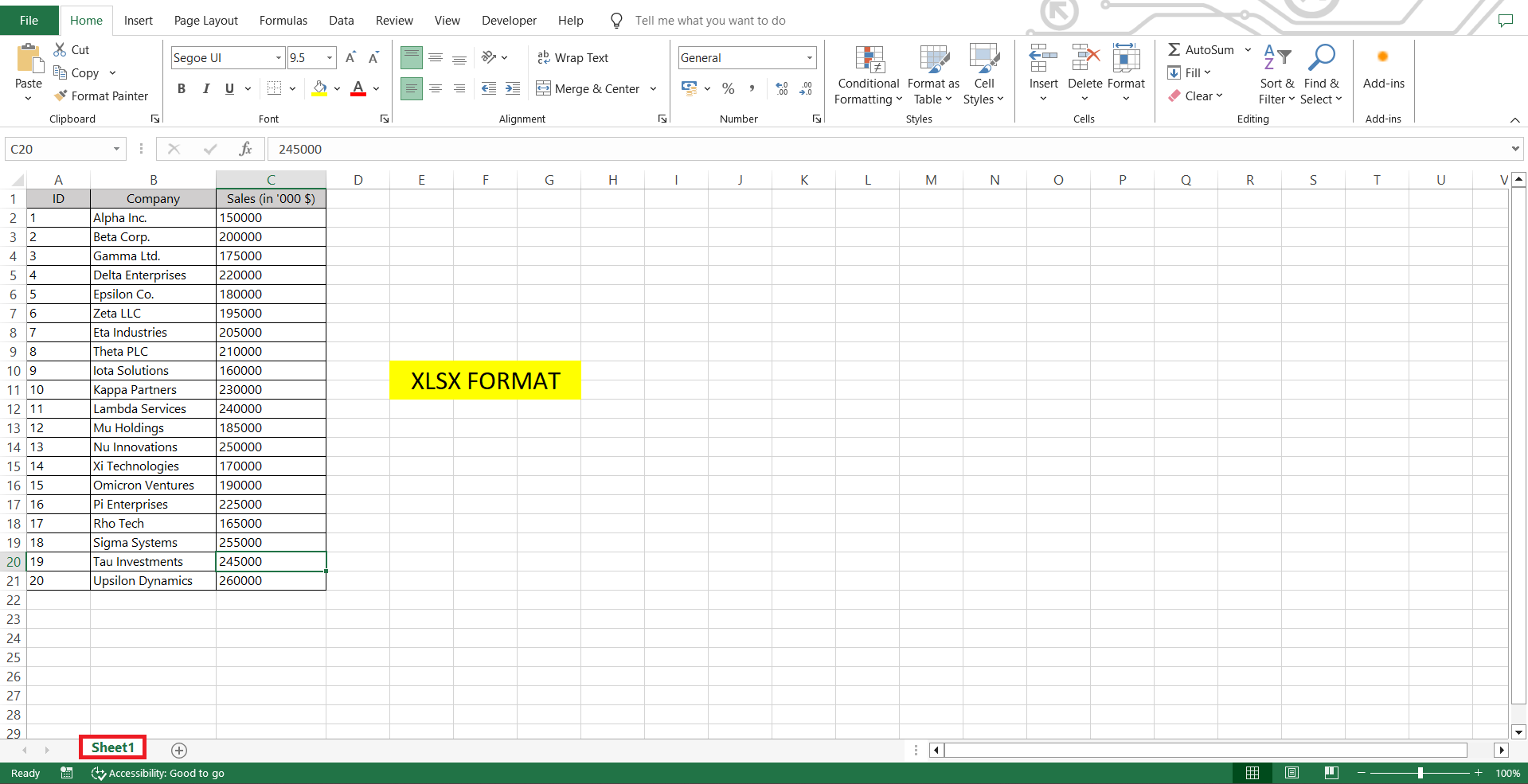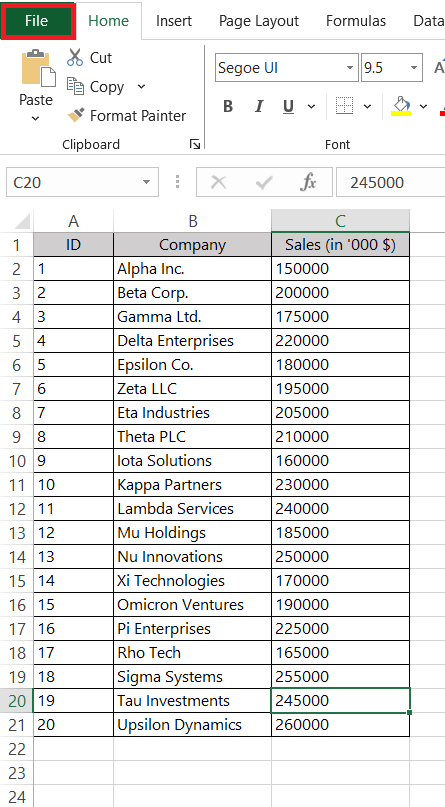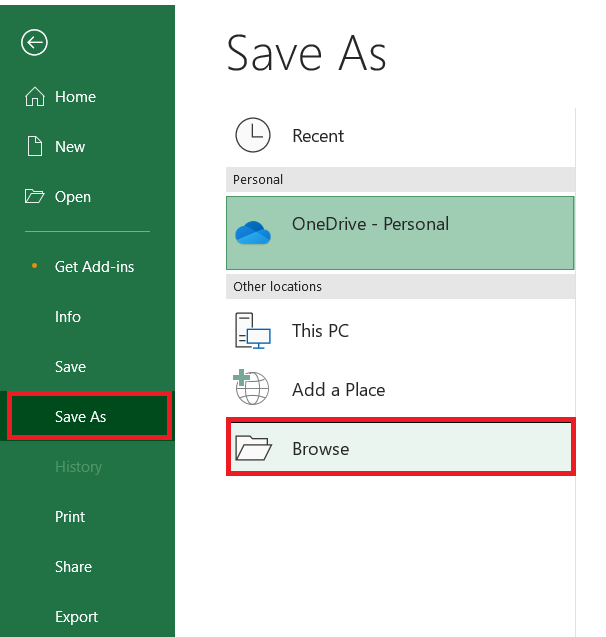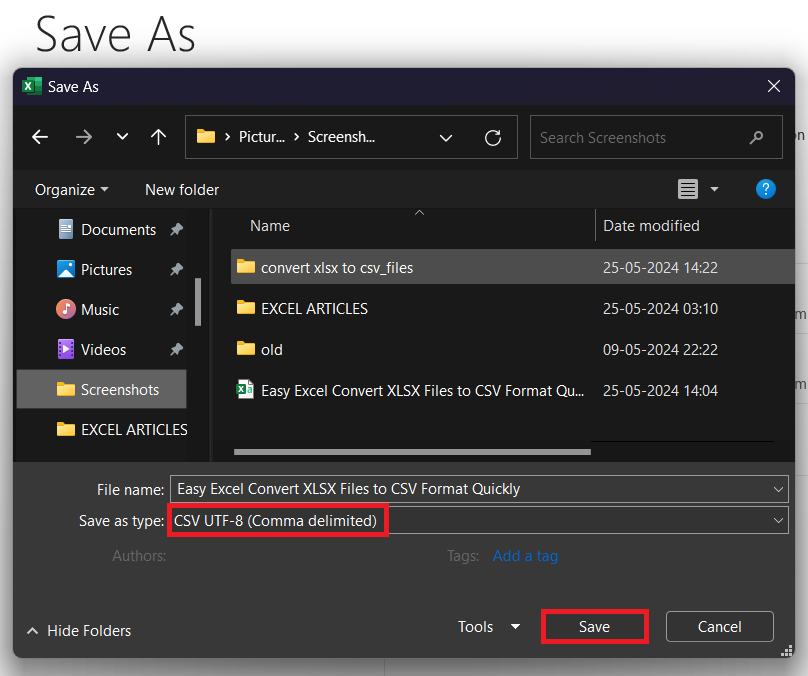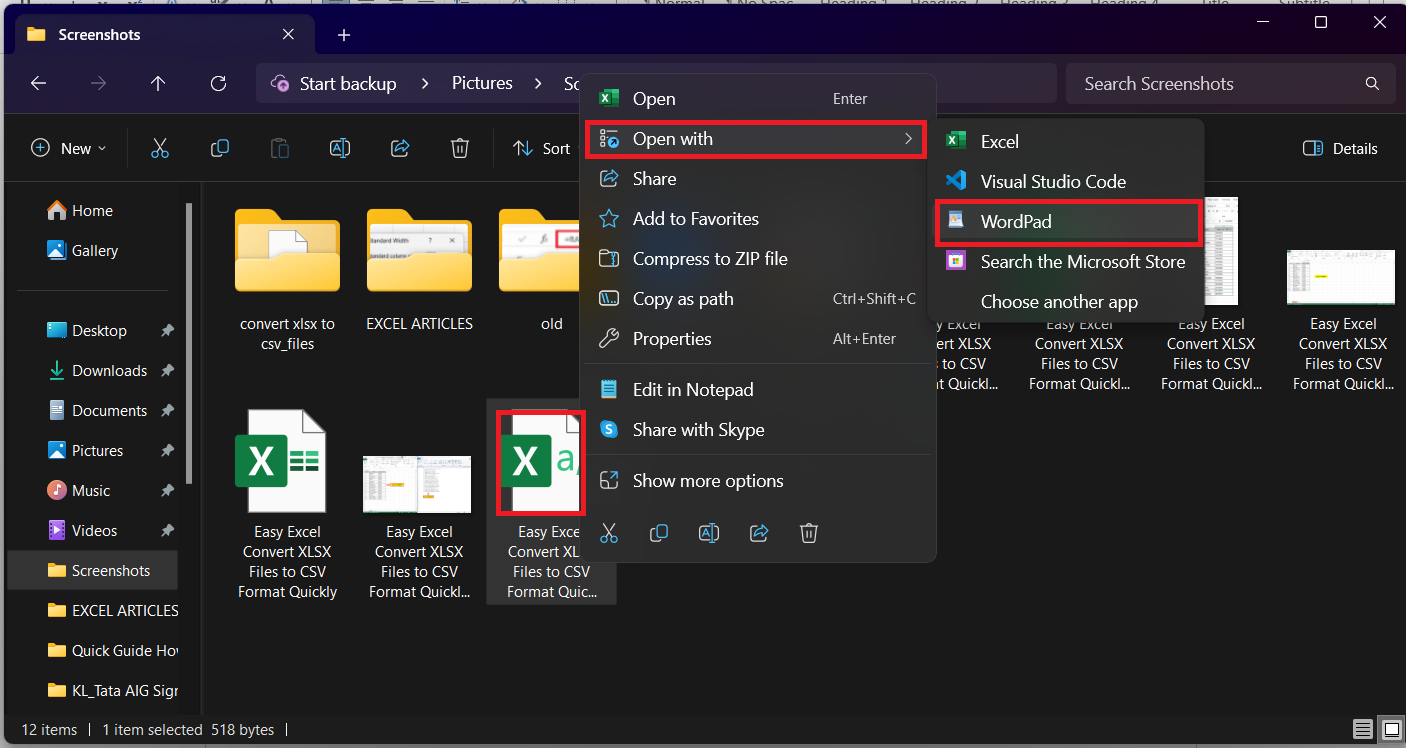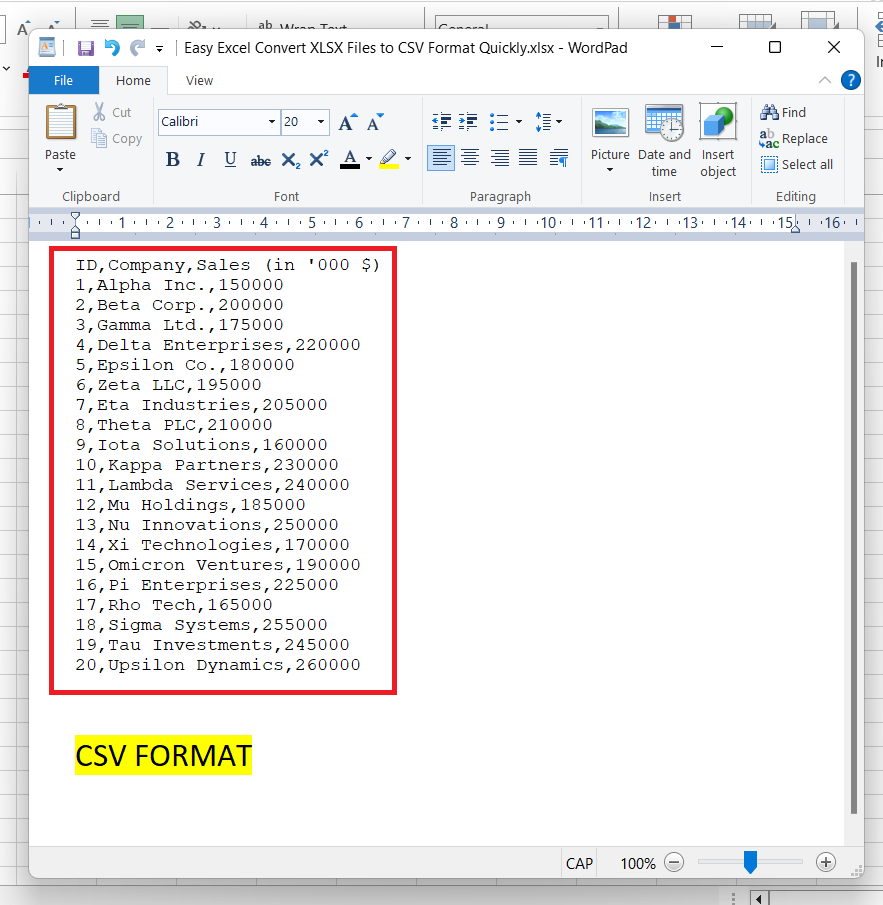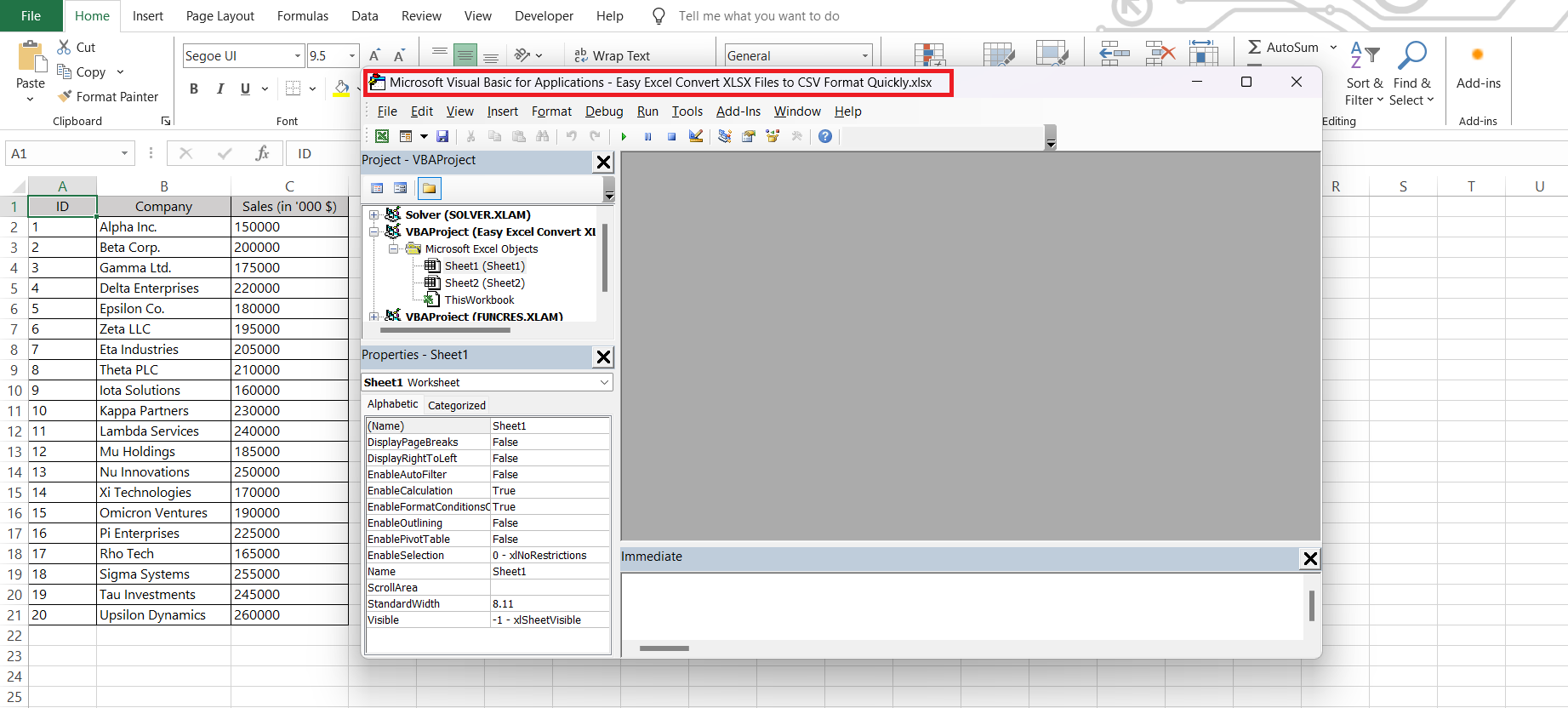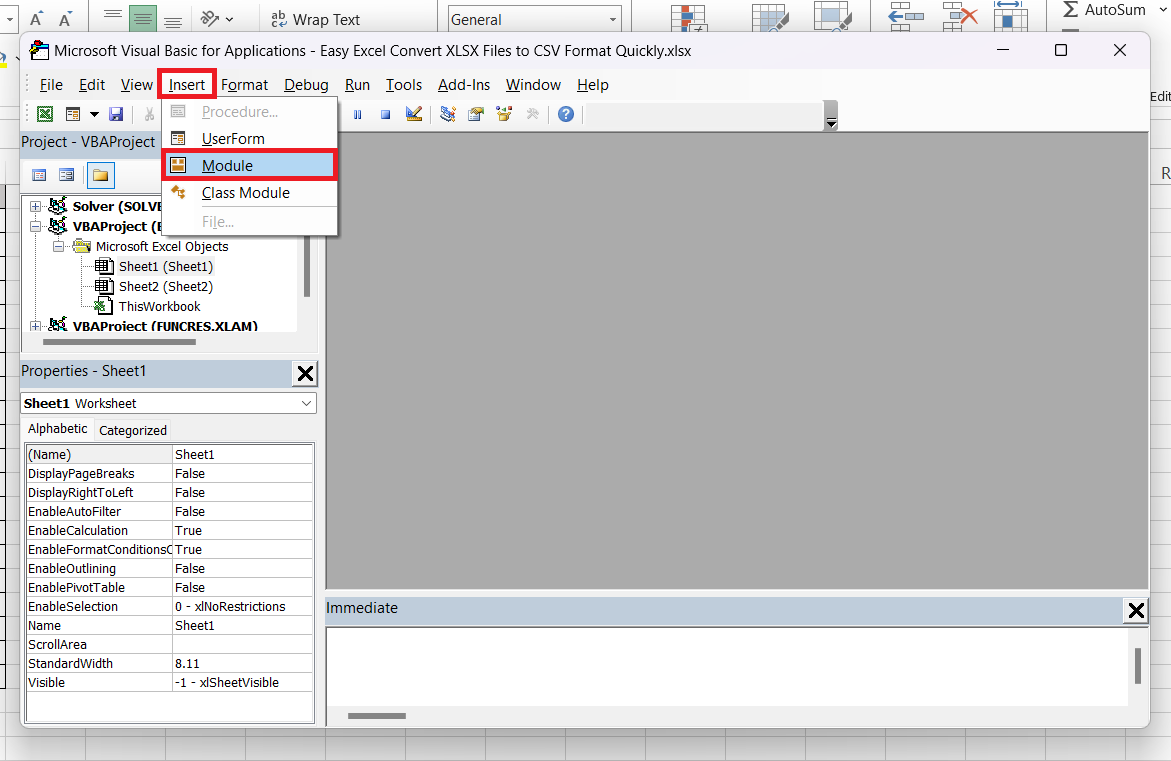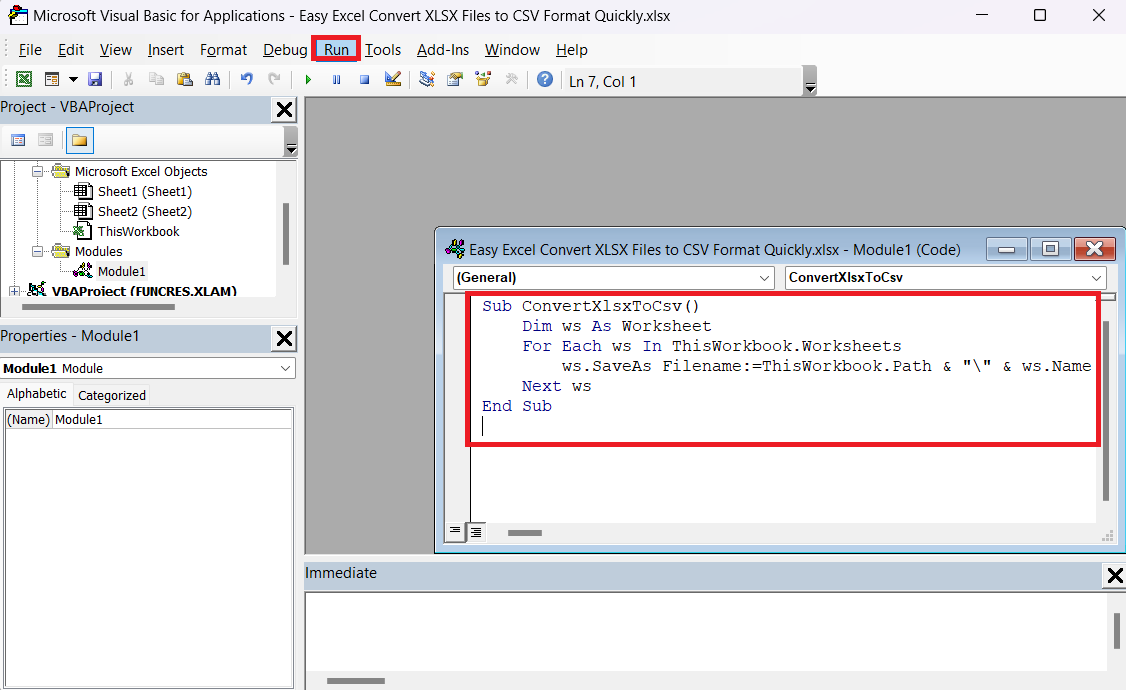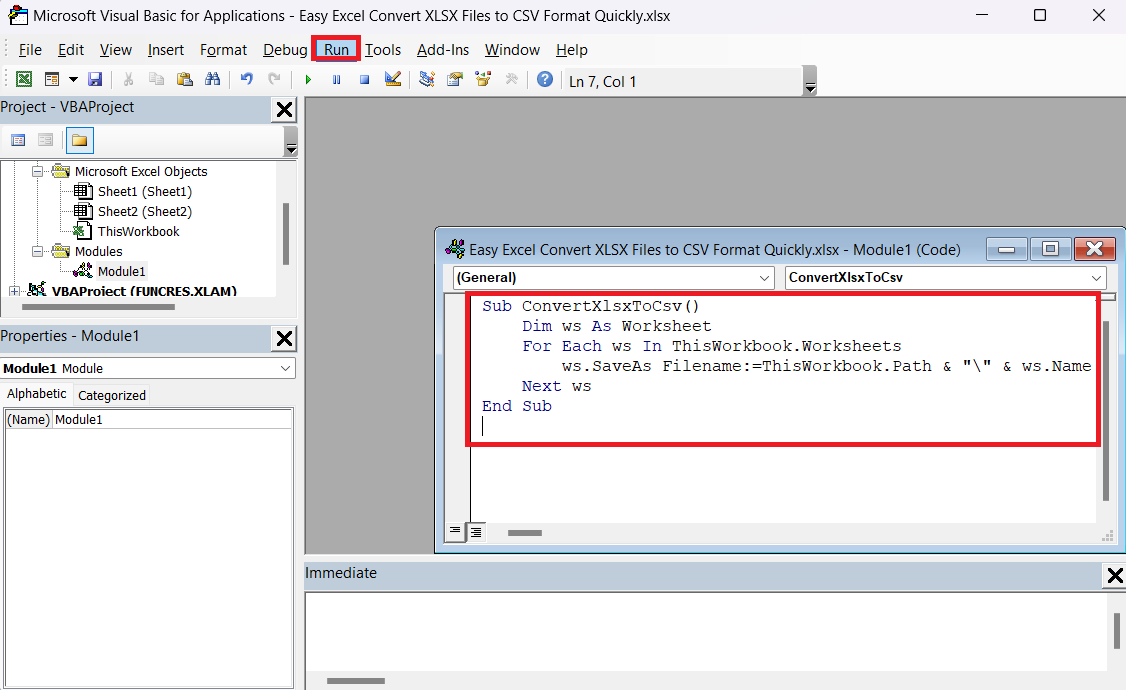Converting XLSX files to CSV enhances data compatibility and usability. While XLSX handles complex data with advanced features, CSV offers simplicity and universal accessibility. This guide will show you how to convert your Microsoft Excel files to CSV efficiently, ensuring data integrity for diverse applications. Whether for cross-platform sharing or automation, mastering this conversion is essential.
Key Takeaways:
- XLSX files are versatile and rich in features, while CSV files are plain text, making them universally readable and easier to handle in many applications.
- Converting XLSX to CSV enhances compatibility, simplifies data sharing, and facilitates integration with various software, programming languages, and databases.
- Before conversion, it’s crucial to clean up and validate the Excel data to avoid issues like broken formulas and ensure a smooth transition to CSV.
- Utilize built-in Excel features or VBA scripting to convert XLSX to CSV. Each method has specific steps to follow, ensuring that the conversion process is accurate and efficient.
- CSV files offer increased compatibility, ease of automation, and seamless database imports, making them an excellent choice for streamlined data management and processing.
Table of Contents
Introduction to Quick Excel Conversion
Understanding the Basics of XLSX and CSV Formats
When you’re knee-deep in spreadsheets, it’s essential to know your file formats. The XLSX file, Excel’s default, packs a punch with its ability to juggle complicated data, graphics, and formulas—all zipped neatly in a binary file format. Imagine XLSX like a Swiss Army knife, loaded with tools for your data needs.
Now, let’s talk CSV. It stands for ‘comma-separated values’ and it’s as simple as it sounds. Just text, with commas taking the place of the walls between columns. No bells and whistles, CSV files are your go-to for basic tabular data, easily shared and understood by many programs.
The Need for Converting XLSX to CSV
You might be wondering, “Why go from the feature-rich XLSX to the plain CSV?” Well, picture this: you need to swap data with a colleague who uses a different system or feed it into a web application. That’s where the CSV’s universal appeal shines! It’s like the common language amidst a world of diverse software dialects.
Moreover, converting to CSV strips away the excess, leaving you with pure data that’s lean and mean for coding, analyzing, or even storing without the bloat. Think of CSV as the middleman that plays well with Python, R, databases, or even simple text editing tools.
Preparing Your Excel File for Conversion
Ensuring Data Integrity Before Conversion
Before you jump into converting your Excel files, take a moment to ensure everything is in tip-top shape. Data integrity is paramount – you don’t want to corrupt your hard work during the conversion process. This means double-checking for any discrepancies, like broken formulas or missing values.
A pro tip is to validate your data: make sure your numbers look like numbers, your dates are actual dates, and your text is clean and free of errors. Think of it as giving your data a quick health check-up before sending it off to its new CSV home.
Cleaning up the Excel Workbook
Handling an Excel workbook is a bit like prepping a meal—the better your ingredients, the tastier the outcome. Take the time to tidy up your spreadsheet by removing any unnecessary formatting, condensing data if needed, and discarding irrelevant charts or images. Keep only the essential data that you need in the CSV file.
It’s also wise to trim down any extra spaces or special characters that may cause issues in the CSV format. Keep it neat, with one header row at the top and columns clearly labeled. A clean, well-organized Excel sheet ensures a smoother transition to CSV and reduces the chances of hiccups along the way.
Step-by-Step Conversion Methods
Method 1: Using Built-in Excel Features
Taking advantage of Excel’s own toolkit for conversions is like finding a shortcut on your daily route – it’s quick and it’s built right in.
STEP 1: Open your Excel workbook and select the sheet you want to convert.
STEP 2: Click on the “File” tab in the top-left corner.
STEP 3: Select “Save As” from the menu then, Click on “Browse”
STEP 4: Choose CSV Format: In the “Save as type” dropdown menu, choose either “CSV (Comma delimited)” or “CSV UTF-8 (Comma delimited)”. Click “Save”.
STEP 5: Now right-click on the CSV file, then open with “WordPad”.
RESULT: The only the active worksheet will be converted. Repeat these steps for additional sheets as needed.
Remember, only the active worksheet gets converted, so repeat as needed for additional sheets.
Method 2: Leveraging PowerShell for Efficient Conversion
To convert an XLSX file to CSV using VBA:
STEP 1: Press Alt + F11 to open the VBA editor.
STEP 2: Insert a new module by selecting Insert > Module.
STEP 3: Copy and paste the following VBA code into the module:
Sub ConvertXlsxToCsv() Dim ws As Worksheet For Each ws In ThisWorkbook.Worksheets ws.SaveAs Filename:=ThisWorkbook.Path & "\" & ws.Name & ".csv", FileFormat:=xlCSV Next ws End Sub
STEP 4: Press F5 to run the macro.
This will save each worksheet in the active workbook as a separate CSV file in the same directory. Each sheet is saved as a separate CSV file.
Benefits of Converting Excel to CSV
Increased Compatibility Across Platforms
Embracing CSV is like unlocking a universal key for data exchange. Its plain text format transcends the boundaries of proprietary software, breaking down walls between different operating systems and applications. No matter, if your peers are on Macs, PCs, or even mobile devices, a CSV file, ensures everyone’s on the same page.
In essence, converting to CSV is a strategic move to maximize compatibility. It’s a passport that grants your data entry into a wide array of platforms, from simple text editors to complex databases. This interoperability is especially crucial when you need to import data into specialized tools or share it with users who might not have access to Excel.
Optimizing for Automation and Database Import
CSV files are tailor-made for automation, like perfectly sized cogs in a vast data-processing machine. They’re blissfully straightforward, making them the go-to for scripting and programming languages that can read, write, and manipulate data with ease. By converting your XLSX to CSV, you’re fast-tracking your dataset into the world of automation, where tasks like database imports become a breeze.
Think of CSV as the ultimate facilitator for moving your precious data into a database. Their simplicity is a boon for consistency and reliability, crucial when feeding your information into systems hungry for structured input.
Frequently Asked Questions
How do I convert XLSX to CSV?
To convert XLSX to CSV, open the Excel file, navigate to ‘File’, select ‘Save As’, and choose ‘CSV (comma delimited)’ from the ‘Save as type’ list. Name your file, select a location, and hit ‘Save’. Note that it converts the active sheet only, so repeat as needed for multiple sheets.
Why convert xls to csv?
Converting XLS to CSV makes your data more accessible and easier to import into various software and tools, ensures cross-compatibility across different platforms, and optimizes files for automation and integration with databases and applications. It’s a versatile, lightweight format ideal for data exchange.
Can I Convert an Excel File to CSV without Opening it?
Yes, you can convert an Excel file to CSV without opening it by using command-line tools like PowerShell or Bash, third-party software, or through online conversion services. These methods allow batch processing and automation.
How Do I Retain My Excel Formulas in the CSV File?
Unfortunately, you can’t retain Excel formulas in a CSV file. CSV files only support plain text, so formulas will not be saved. Prior to conversion, replace formulas with their calculated values if you need to preserve the data.
What are some common issues that might arise during xlsx to csv conversion?
During XLSX to CSV conversion, you may encounter data loss, formatting issues, and character encoding errors. Excel might change cell formats incorrectly or ignore non-active tabs, affecting the output. Be mindful of these potential pitfalls to ensure a smooth conversion.
John Michaloudis is a former accountant and finance analyst at General Electric, a Microsoft MVP since 2020, an Amazon #1 bestselling author of 4 Microsoft Excel books and teacher of Microsoft Excel & Office over at his flagship MyExcelOnline Academy Online Course.

